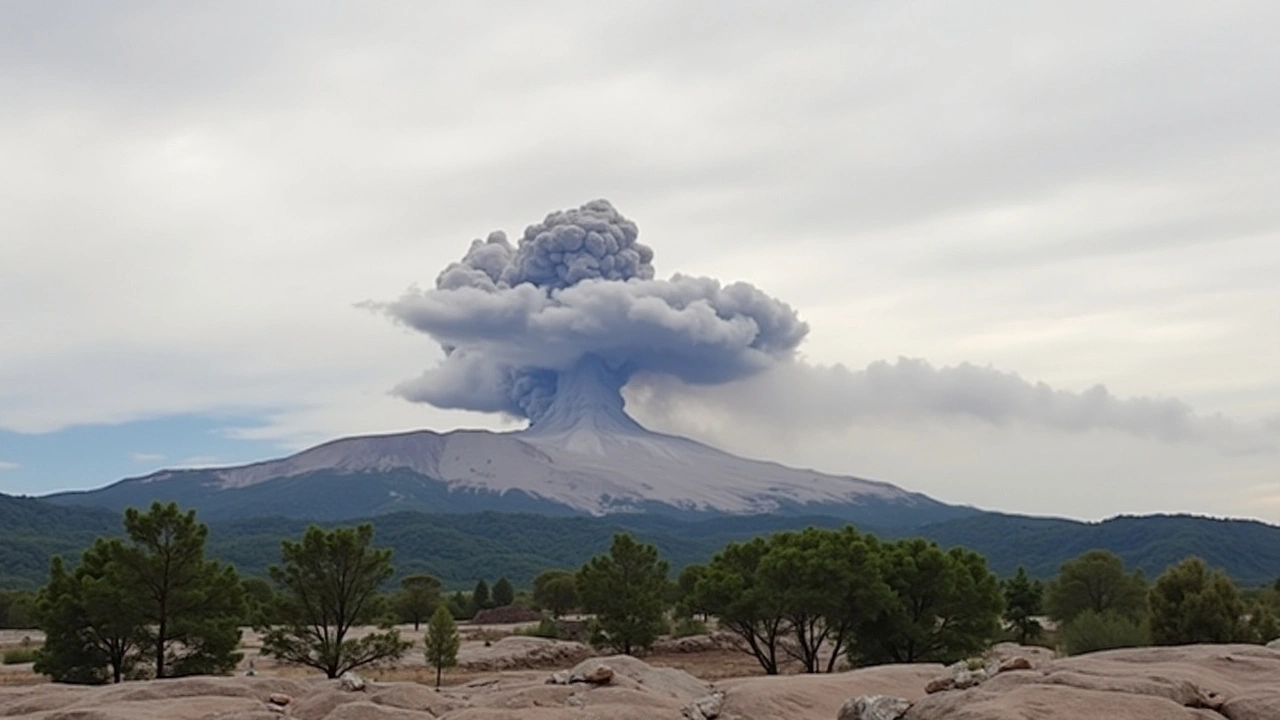Tsunami: Latest News, Warnings and Safety Tips
Tsunamis can arrive within minutes after an earthquake, and quick action saves lives. This page collects clear, practical advice and the latest alerts so you know what to do fast. Read the warnings, prepare a plan, and learn simple steps you can use right now.
What is a tsunami? A tsunami is a series of large sea waves caused by sudden shifts under the ocean, like earthquakes, landslides or volcanic eruptions. Waves may be small offshore but grow fast near the coast.
How do warnings work? Authorities use seismographs, tide gauges and satellites to spot dangerous waves and send alerts through sirens, radio, TV, mobile messages and social media. If you get an official warning, follow it immediately.
Before a tsunami
Make a simple plan with your family that shows where to meet, safe routes and who will help children and elders. Pack a small emergency kit with water, snacks, first aid, a flashlight, batteries, phone charger and copies of ID. Know higher ground and practice the route once or twice a year.
During a tsunami
If you feel a strong quake or hear an official alarm, move immediately to higher ground or an upper floor. Do not wait for waves or official messages if you are near the coast and the earth shakes. Avoid rivers and low areas since water can travel far inland fast.
After a tsunami, stay away from the shore until officials say it is safe; multiple waves can come hours apart. Check for injuries and hazards like gas leaks and damaged power lines before helping others. Use text messages and social media to update family — calls may be jammed.
Local news and maps: We track official alerts, coastal maps and local reports to help you spot risk zones in Africa and nearby regions. Bookmark this tag and enable notifications for instant updates when a tsunami threat appears.
Smart tips for travellers: If you visit coastal areas, know local evacuation points, carry a small kit and avoid staying in ground floor rooms near the sea. Apps like official meteorological services, earthquake alerts and local emergency apps give fast warnings.
Simple checklist: water for three days, nonperishable food, torch, spare batteries, first aid, important papers and a charged phone. Keep cash in a waterproof bag and mark a family meeting point on paper and in your phone. If you see unusual sea behaviour like sudden retreat of water, move inland now even without an alert. Local shelters and community plans often save lives, so know where they are and who runs them.
We update this tag with clear reports, maps and safety notes — check before you travel or if you live near the coast. Send tips and photos to our newsroom; we verify reports and share timely updates with readers.
